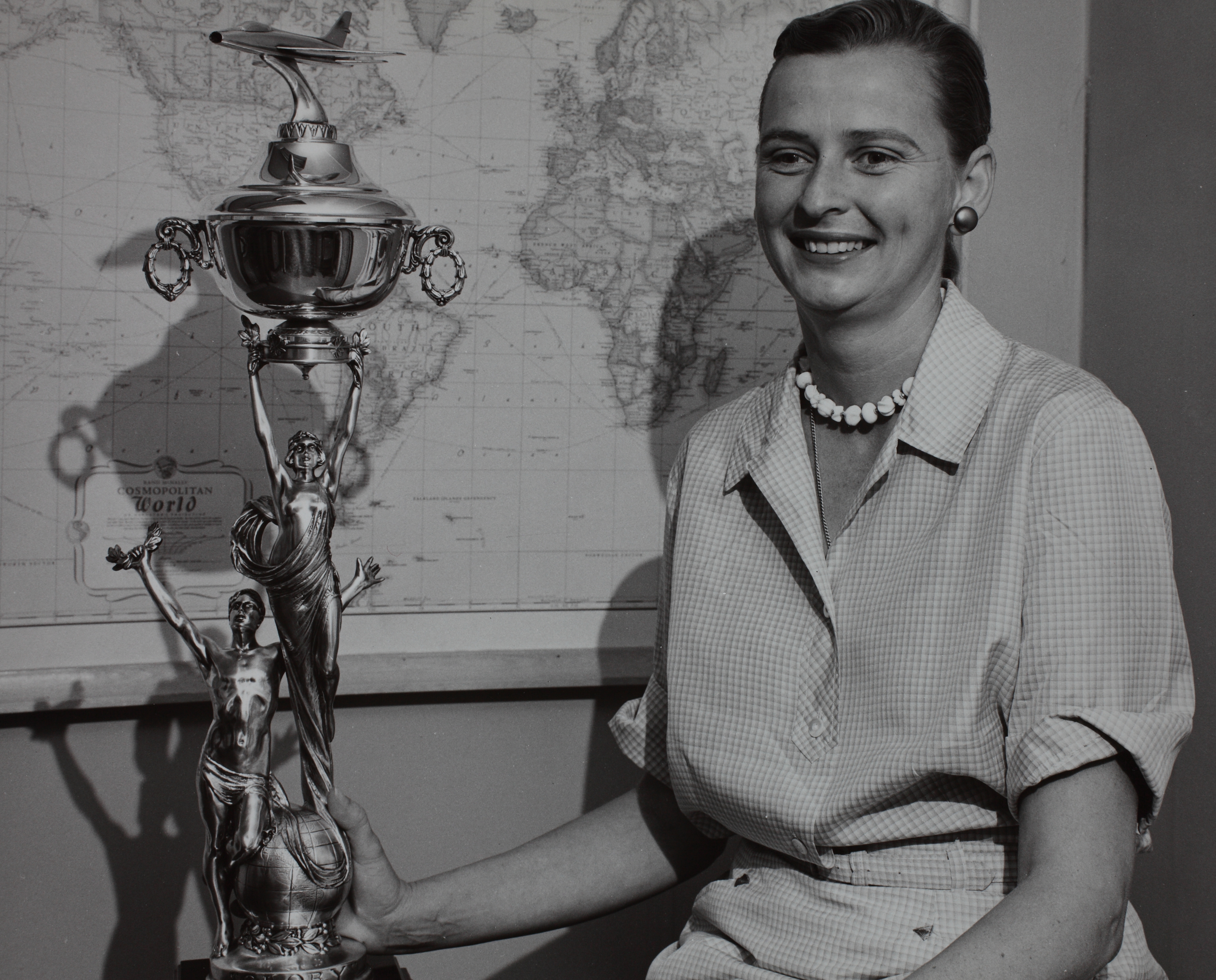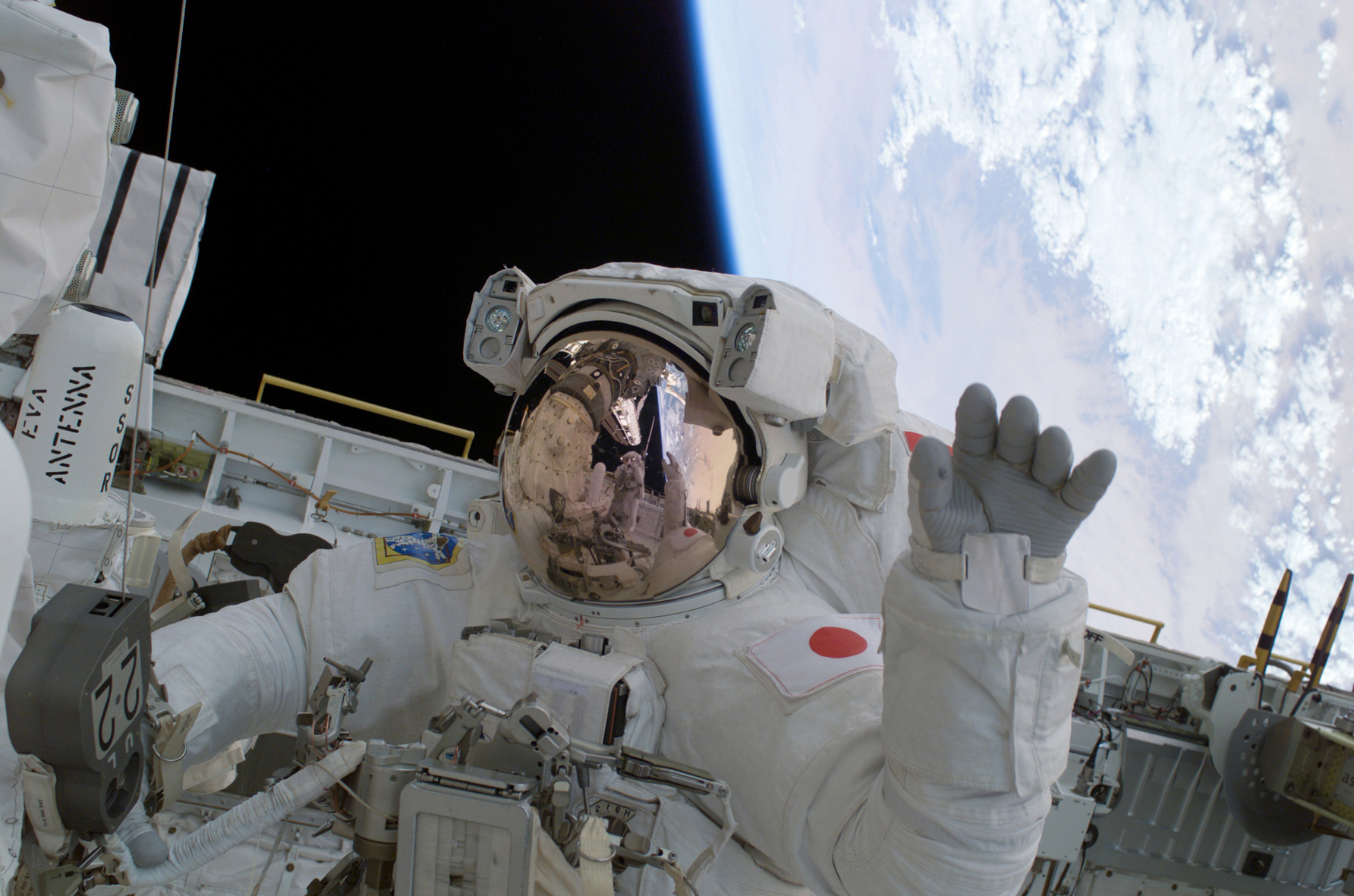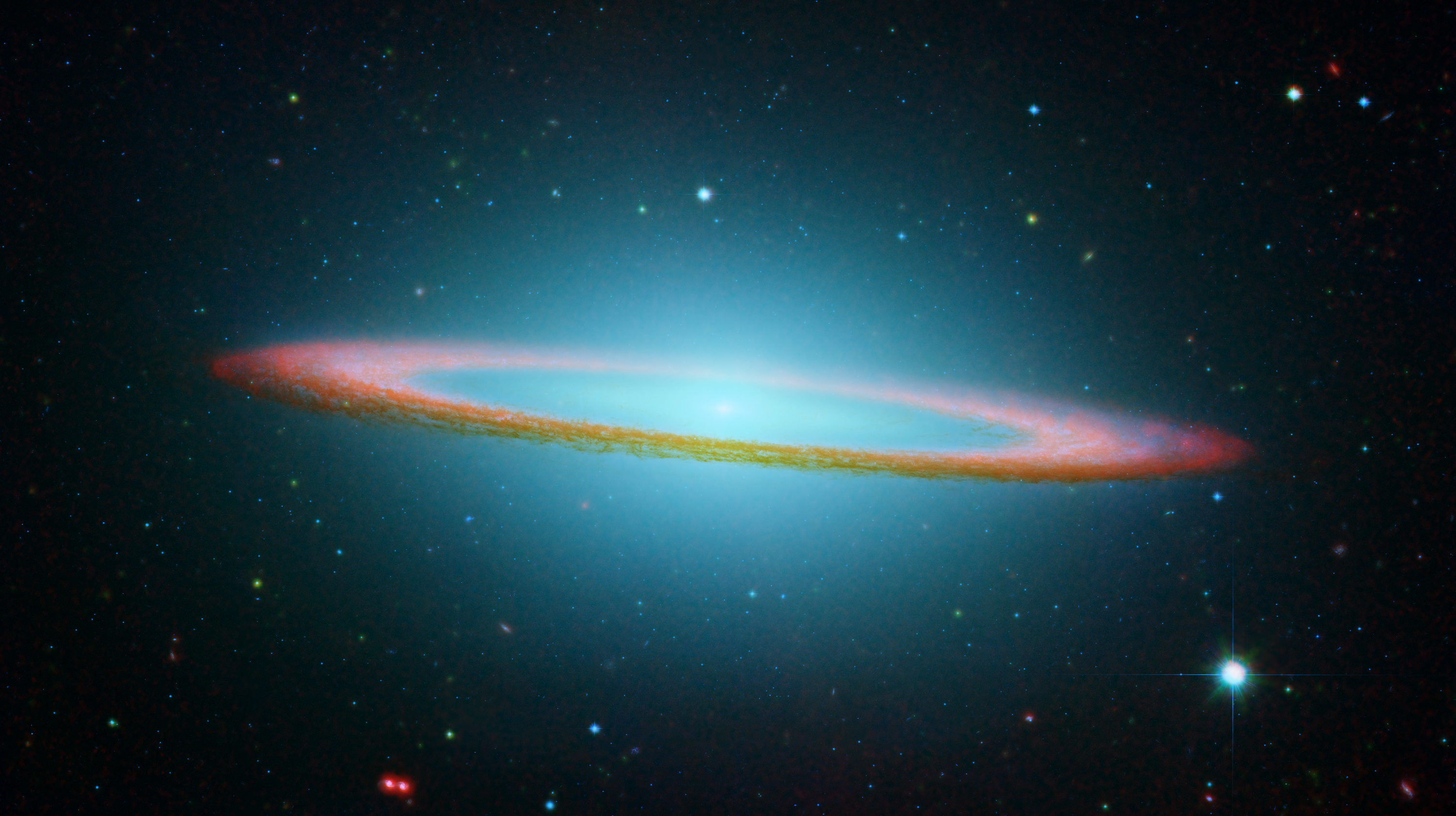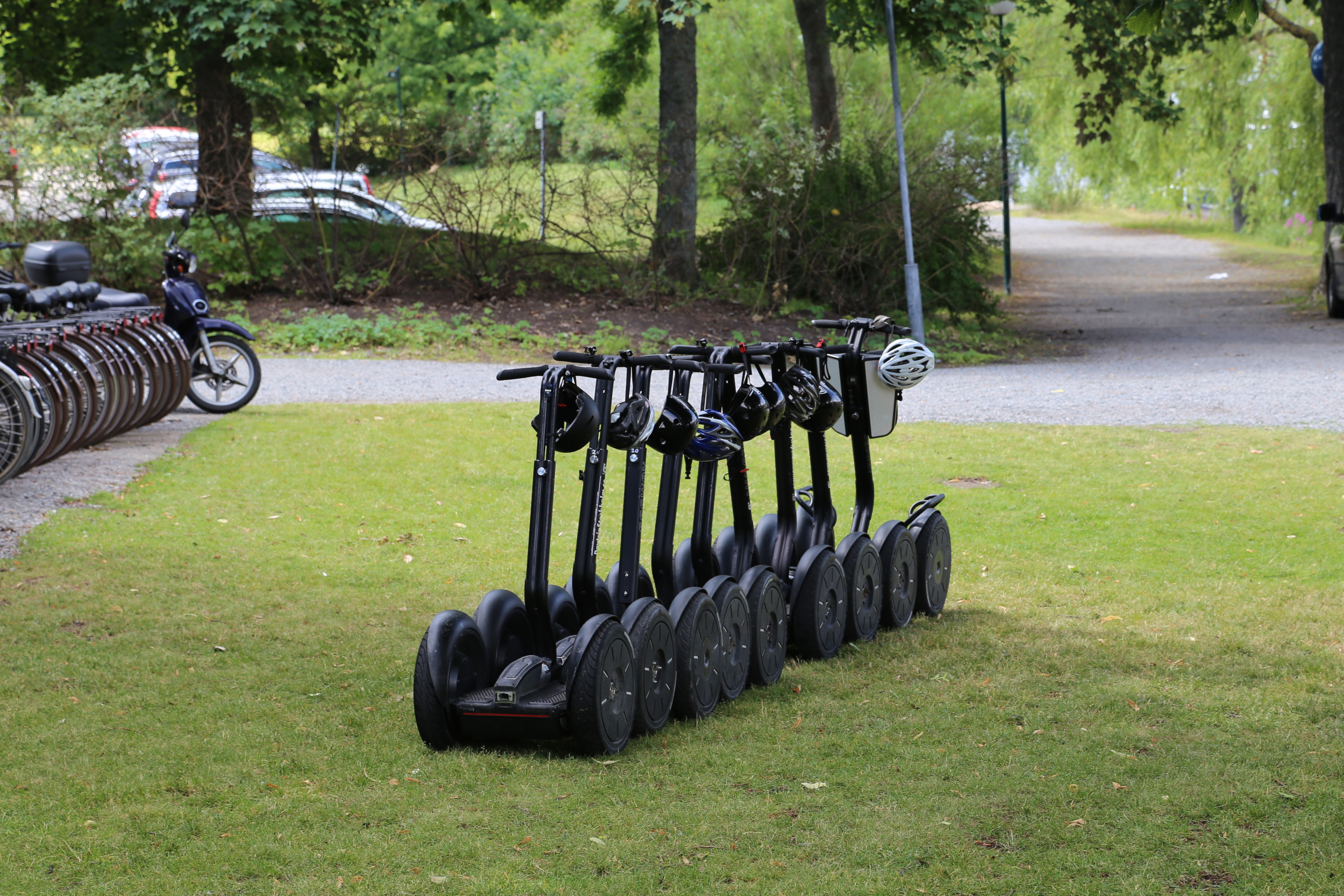7 Real Places on Earth Where You Can Train Like an Astronaut
Embarking on a journey that mirrors the rigorous training of astronauts offers an unparalleled adventure, blending physical endurance, mental resilience, and a touch of the extraordinary. As space agencies like NASA and ESA continue to push the boundaries of human exploration, the demand for comprehensive training programs that simulate the harsh and unique conditions of space travel becomes ever more paramount. For those who dream of defying gravity and experiencing the thrill of space without leaving Earth, several remarkable locations offer the chance to train like an astronaut. These destinations provide not only a glimpse into the life of a spacefarer but also an opportunity to test one's limits in some of the most challenging environments on our planet.
1. Zero-Gravity Flights: Floating in the Skies
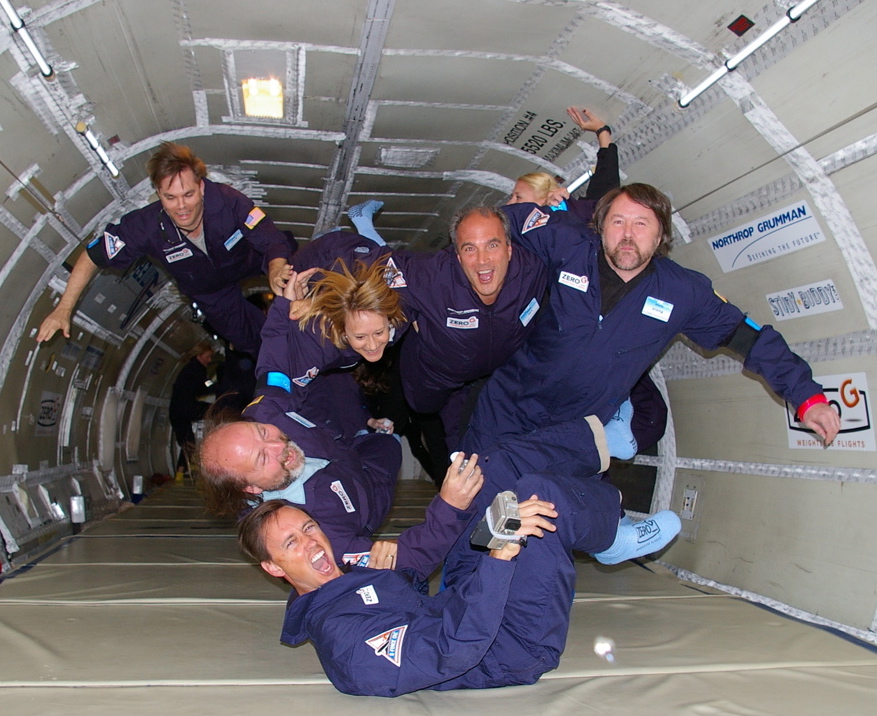
One of the most exhilarating experiences for aspiring astronauts is the sensation of weightlessness, which can be achieved through zero-gravity flights. These flights, often referred to as parabolic flights, are conducted by specially modified aircraft that perform a series of parabolic maneuvers to create short periods of microgravity. Companies like Zero-G in the United States offer civilians the chance to experience this phenomenon firsthand. During these flights, participants float freely, mimicking the conditions of outer space. This unique experience not only provides a thrilling adventure but also serves as a crucial training tool for understanding the effects of zero gravity on the human body, preparing future astronauts for the realities of space travel.
2. Underwater Training: The Depths of Neutral Buoyancy
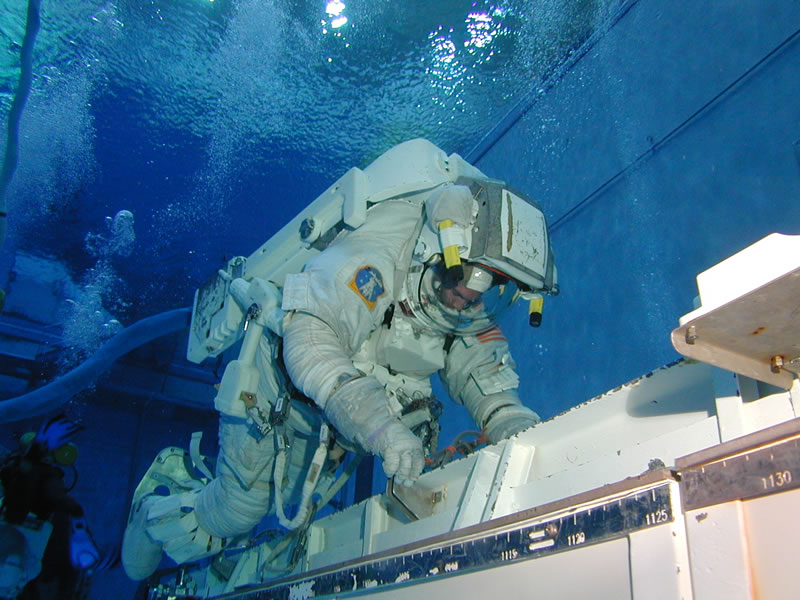
The Neutral Buoyancy Laboratory (NBL) at NASA's Johnson Space Center is a testament to the importance of underwater training in astronaut preparation. This massive swimming pool, one of the largest in the world, is used to simulate the weightless environment of space. Astronauts practice extravehicular activities (EVAs), such as spacewalks, in this submerged setting, donning full spacesuits while maneuvering around mock-ups of spacecraft. For those seeking a similar experience, diving centers around the globe offer programs that teach neutral buoyancy techniques, allowing participants to understand the complexities of movement in a microgravity-like environment. This type of training is vital for developing the skills needed to handle tools and perform tasks in space's weightless conditions.
3. Desert Survival: Conquering Extreme Conditions
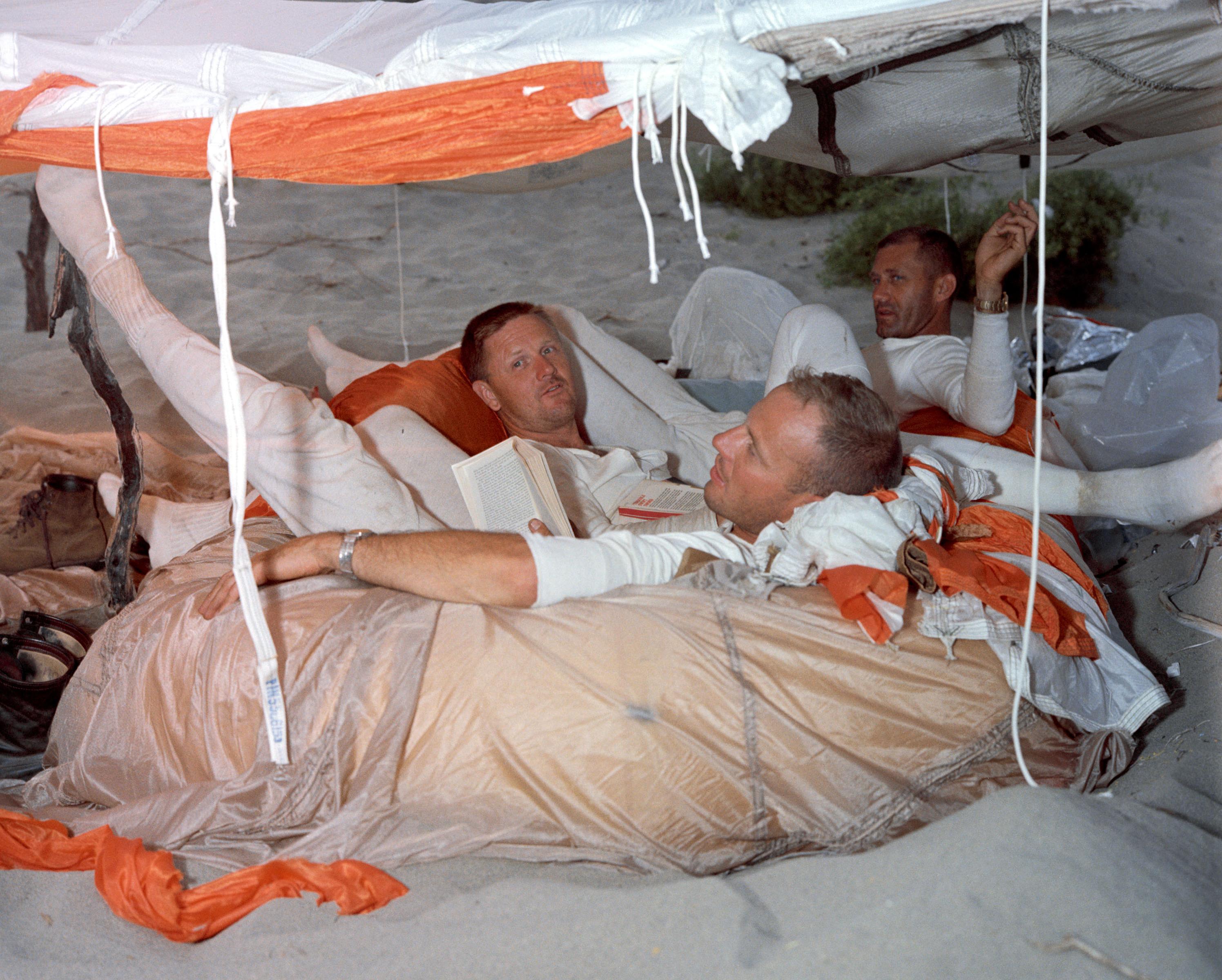
The harsh, barren landscapes of deserts provide an ideal setting for testing an astronaut's survival skills. Locations like the Mojave Desert in California or the Atacama Desert in Chile are used by space agencies to simulate the conditions of extraterrestrial surfaces, such as Mars. These environments challenge trainees to navigate, find resources, and endure extreme temperatures, mirroring the potential challenges faced on other planets. Survival training in these deserts focuses on resourcefulness and adaptability, teaching participants how to manage limited supplies and make critical decisions under stress. This type of preparation is crucial for ensuring the safety and success of long-duration space missions.
4. Arctic Expeditions: Embracing Isolation
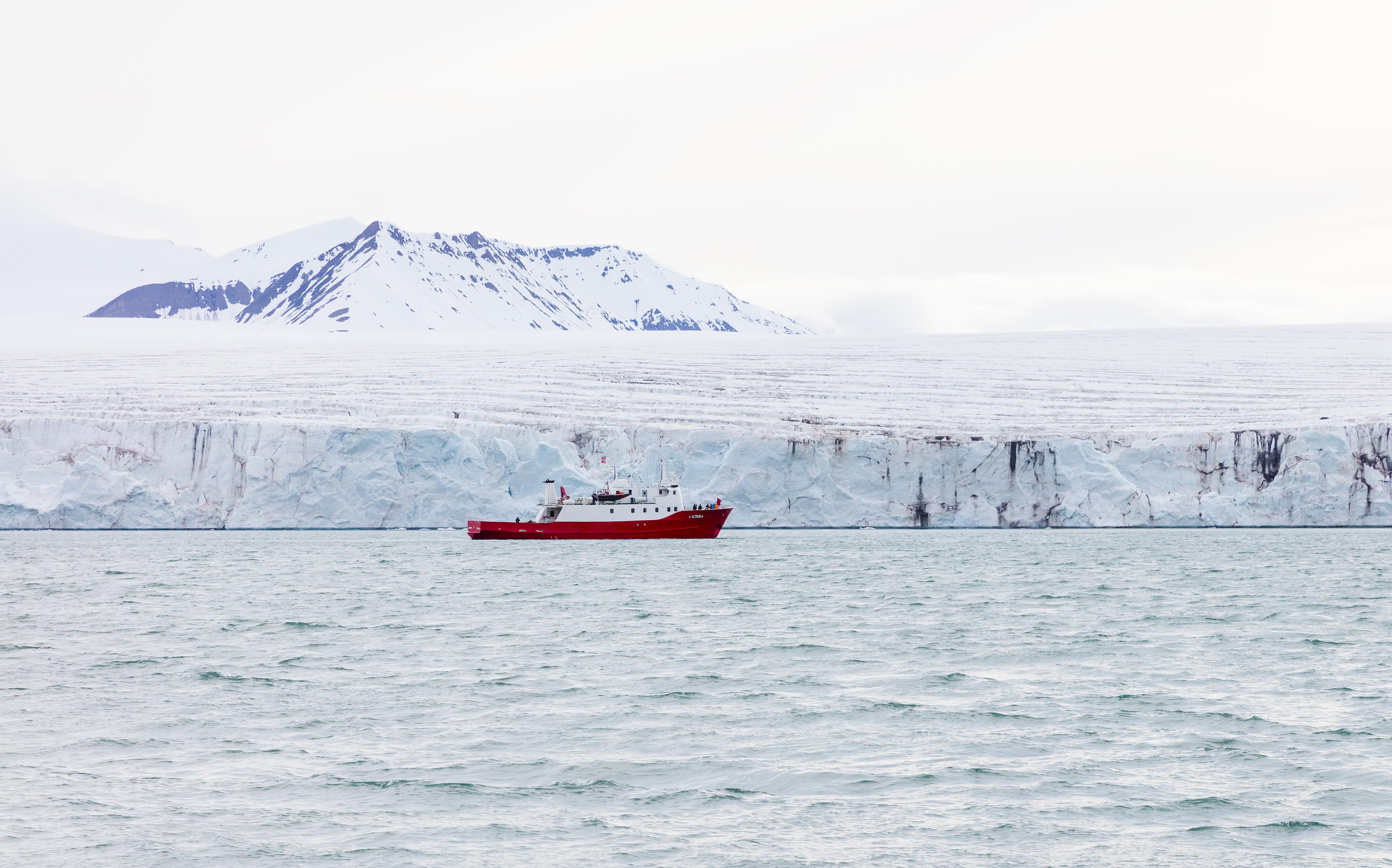
The Arctic's remote and icy expanses are another training ground for astronauts, offering a taste of the isolation and confinement experienced during space missions. Expeditions to places like Devon Island in the Canadian Arctic allow trainees to conduct research and live in conditions similar to those on the Moon or Mars. The challenges of extreme cold, limited daylight, and communication delays are integral parts of the training, preparing astronauts for the psychological and logistical demands of space exploration. Participants learn to work as a team in isolation, develop problem-solving skills, and maintain morale in an environment where the nearest help is often hundreds of miles away.
5. Volcano Exploration: Traversing Alien Landscapes
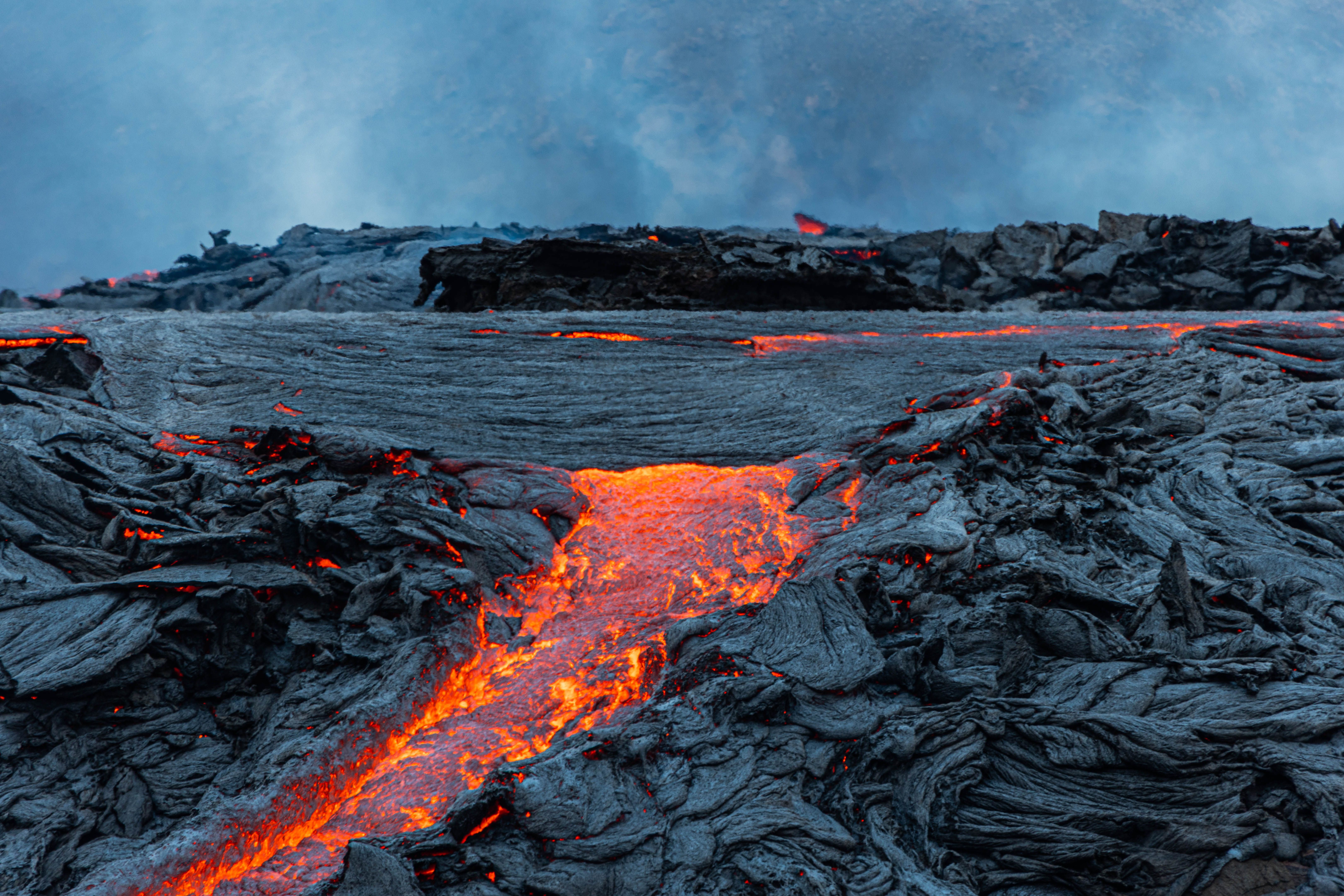
Volcanoes present a unique opportunity to explore terrains that closely resemble those found on other planets. The volcanic regions of Hawaii, for example, offer landscapes that are strikingly similar to the lunar and Martian surfaces. Training programs conducted in these areas focus on geology, navigation, and the use of scientific instruments, equipping participants with the skills needed for planetary exploration. Trainees learn to analyze rock formations, collect samples, and operate in rugged, unpredictable environments. This type of training is essential for future missions that aim to explore and study the geology of other celestial bodies.
6. Jungle Expeditions: Navigating Dense Wilderness

The dense jungles of places like the Amazon offer a stark contrast to the barren landscapes of deserts and volcanoes, yet they provide equally valuable training for astronauts. Jungle expeditions teach participants how to navigate through thick vegetation, deal with unpredictable weather, and manage encounters with wildlife. These experiences are crucial for developing the ability to adapt to rapidly changing conditions and maintain focus in challenging environments. The skills acquired during jungle training, such as teamwork, resource management, and improvisation, are directly applicable to the dynamic and often unpredictable nature of space missions.
7. High-Altitude Training: Breathing Thin Air

High-altitude environments, such as those found in the Himalayas or the Andes, present unique challenges due to reduced oxygen levels and harsh weather conditions. Training in these areas helps astronauts acclimate to the physical and mental demands of operating in low-oxygen environments, similar to those encountered in space. Participants learn to manage altitude sickness, improve cardiovascular endurance, and develop strategies for maintaining cognitive function under stress. This type of training is essential for ensuring astronauts are physically prepared for the rigors of space travel, where oxygen levels and pressure can vary significantly.
Preparing for the Final Frontier
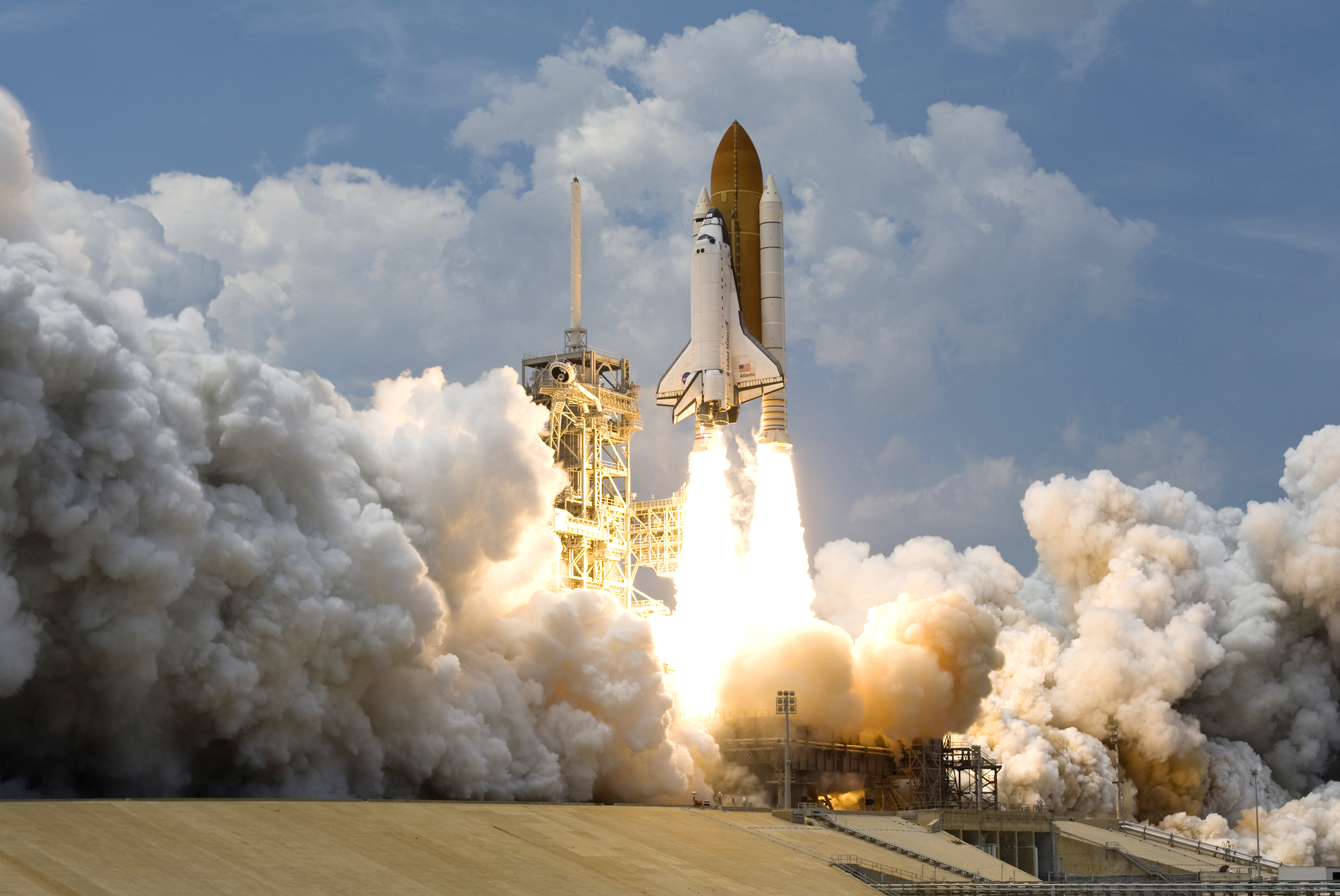
Training like an astronaut is not just about preparing for a journey to space; it's about pushing the boundaries of human capability and embracing the unknown. These 7 extraordinary locations offer a diverse range of challenges and experiences that mirror the conditions of space travel. From the weightlessness of zero-gravity flights to the isolation of Arctic expeditions, each training ground provides valuable lessons in resilience, adaptability, and teamwork. For those who dream of exploring the cosmos, these earthly adventures offer a glimpse into the life of an astronaut and the opportunity to prepare for the final frontier. As humanity continues to reach for the stars, the skills and experiences gained in these environments will be crucial for the success of future space missions.


